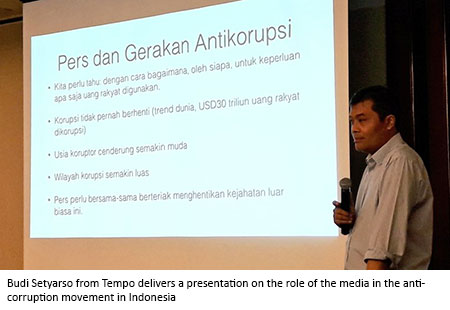

Be relevant, of course, that is, tend to prove or disprove a fact in issue.To be convincing (and admissible in court), circumstantial evidence must: Direct evidence is usually considered to be the strongest method of proof, but circumstantial evidence – evidence that tends to prove a fact indirectly, or by inference from other facts – also can be quite persuasive if presented correctly. Investigators should always look for witnesses with direct personal knowledge (although in practice, as we’ll see below, it might not be so easy in many cases to know the source of the information.)ĭirect evidence, as the name implies, is evidence that tends to prove a fact directly – for example, a statement from an eyewitness, the cancelled check used for a bribe payment or a confession by the subject. The source of the evidence refers to the basis for a witness’s knowledge: is the witness testifying to what he or she knows for a fact, or what the witness overheard on the train, or what the witness supposes or thinks might have happened? Obviously, evidence of which the witness has direct personal knowledge is considered to be weightier than information overheard from another or supposition. Whether the evidence is direct or circumstantial, and.The source of the evidence (How does a witness know what he or she is testifying to?).Several factors affect the weight of evidence – its reliability and persuasive power – including most importantly: See the typical elements of proof for fraud and corruption and the type of evidence needed to prove them, below. In report writing, to ensure that all of the relevant evidence is included, and the irrelevant excluded, according to the elements of proof.In the conduct of the investigation, to ensure that all the appropriate questions are asked, and all the pertinent documents and data are collected, to the fullest extent possible.In case planning, to ensure that all potentially relevant evidence is identified and provision is made for its collection.The type of evidence – direct or circumstantial – that would be relevant to prove them,Īnd apply that knowledge at every stage of the case, including:.The elements of proof of the suspected offenses and.

This means that fraud and corruption investigators must know: Probably the most fundamental rule of evidence states that, with few exceptions, “relevant evidence is admissible, irrelevant evidence is not.” Information is said to be relevant if it “ tends to prove, or disprove, a fact in issue.” In fraud or corruption investigations, this means that a piece of evidence is probably relevant (and hopefully, compelling and convincing) if it tends to prove, or disprove, an element of proof of an offense, including proof of knowledge and intent. The two most important principles of evidence for investigators are relevance and weight. This paper briefly discusses, in simple, non-technical language, the basic principles of evidence with which fraud and corruption investigators should be familiar, followed by their application to the proof of Corrupt and Fraudulent Practices.


 0 kommentar(er)
0 kommentar(er)
